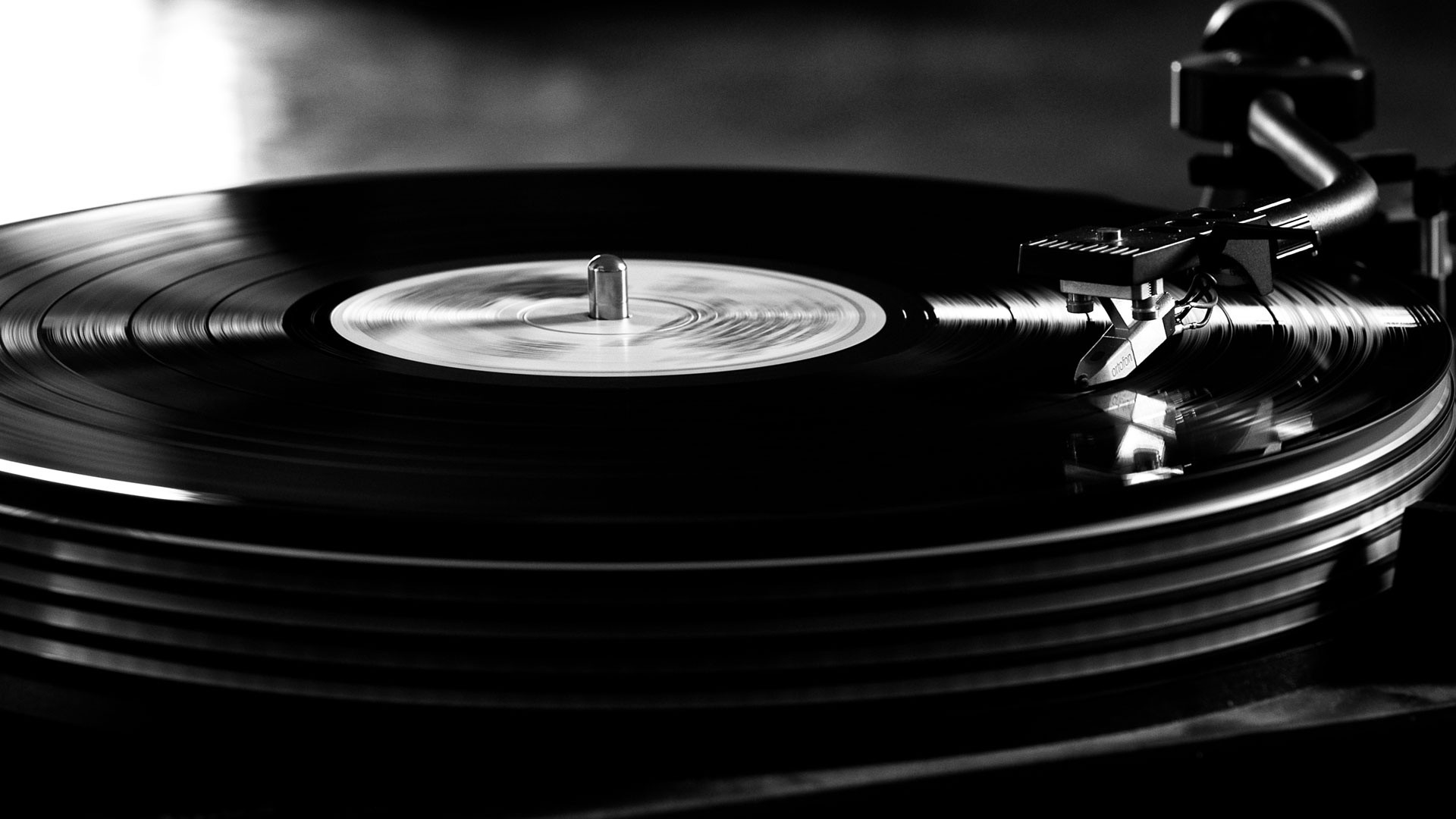

Vinyl or phono records are made of polyvinyl chloride granules. They used to be produced from a much less malleable material, so modern ones are slightly different (they are larger and lighter).
There are 3 playback speeds for vinyl records – 33 1/3 RPM (RPM = routes per minute, or the number of revolutions of the platter per minute) , 45 RPM, and 78 RPM.
Stereostyle offers production of high-quality vinyl records in sizes:
| Type of plate | 33 (rpm) | 45 (rpm) | standard | heavy |
| Plate 7″ | 6:50 min | 5:00 min | 42g | 70g |
| Plate 10″ | 13:37 min | 10:05 min | 110g | – |
| Plate 12″ | 19:20 min | 14:20 min | 140g | 180-220g |
Direct Metal Mastering (DMM) is the name of the process used in the production of fine analog records. The DMM technique was developed as an improved alternative to the traditional die preparation process used to press vinyl records.
In the traditional process of making vinyl records, the first stage is the incision of the lacquer disc (lacquer), which is used to make subsequent metal copies. Subsequent generations are called father (negative), mother (positive) and at the end we already have dies (negative) used directly for pressing records.
In the Direct Metal Mastering technique, the whole process is shortened. An appropriately adapted head cuts a groove in a copper plate. This copper plate immediately acts as a mother and is used to produce production masters. Notching in copper reduces noise and increases the accuracy of information reproduction at higher frequencies, as well as reducing the interaction of adjacent grooves.
After the matrix is made, the next step is to prepare the mixture. The dies are placed in the press and a pattern of grooves is imprinted in the heated mixture. On the way between inserting the piece of material and pressing it with the die, a label with a description (label) is still pressed into the center of the plate. The plates thus imprinted are immediately cooled and sent back for the final stage of production – cutting off the superfluous material.
The board is cooled with water. This gives the effect of “hardening the plastic”.
[3d_viewer id=”952″]